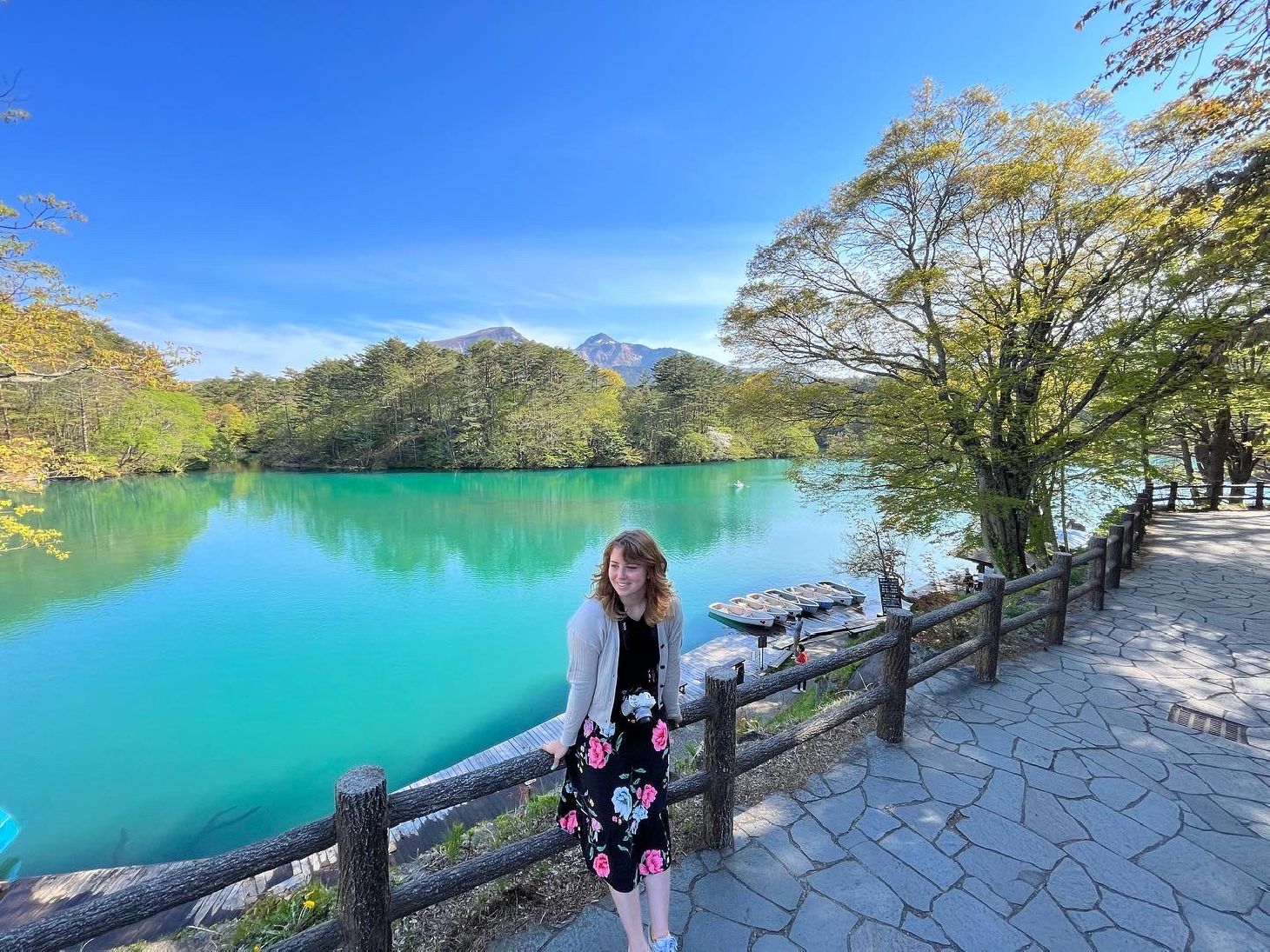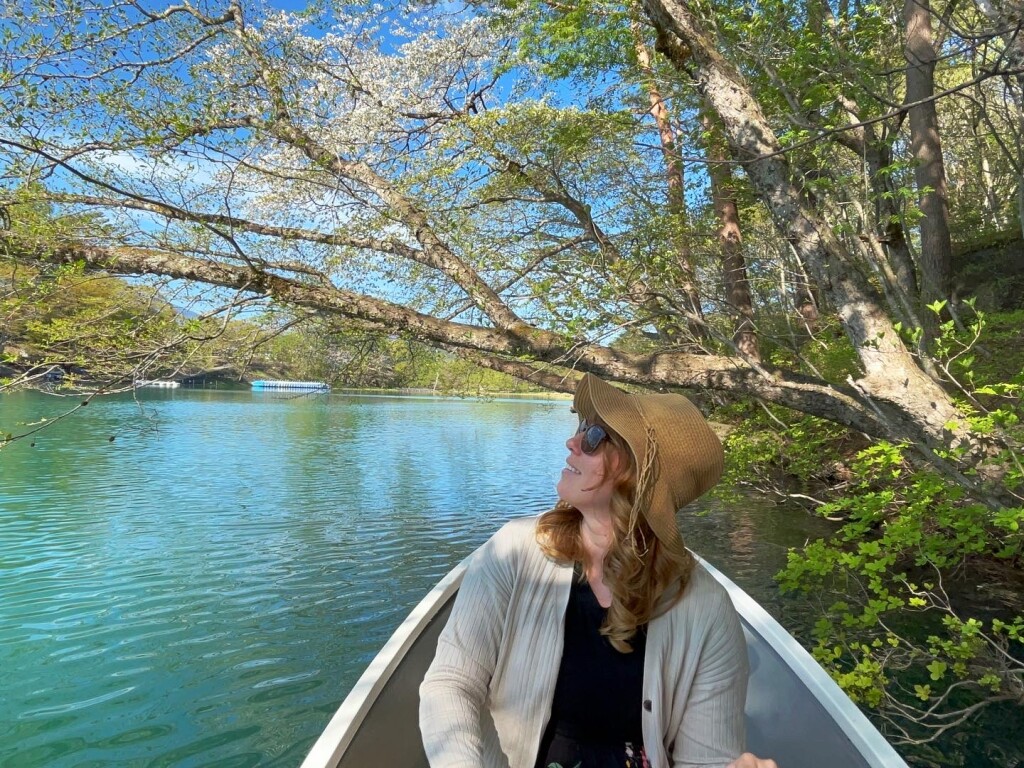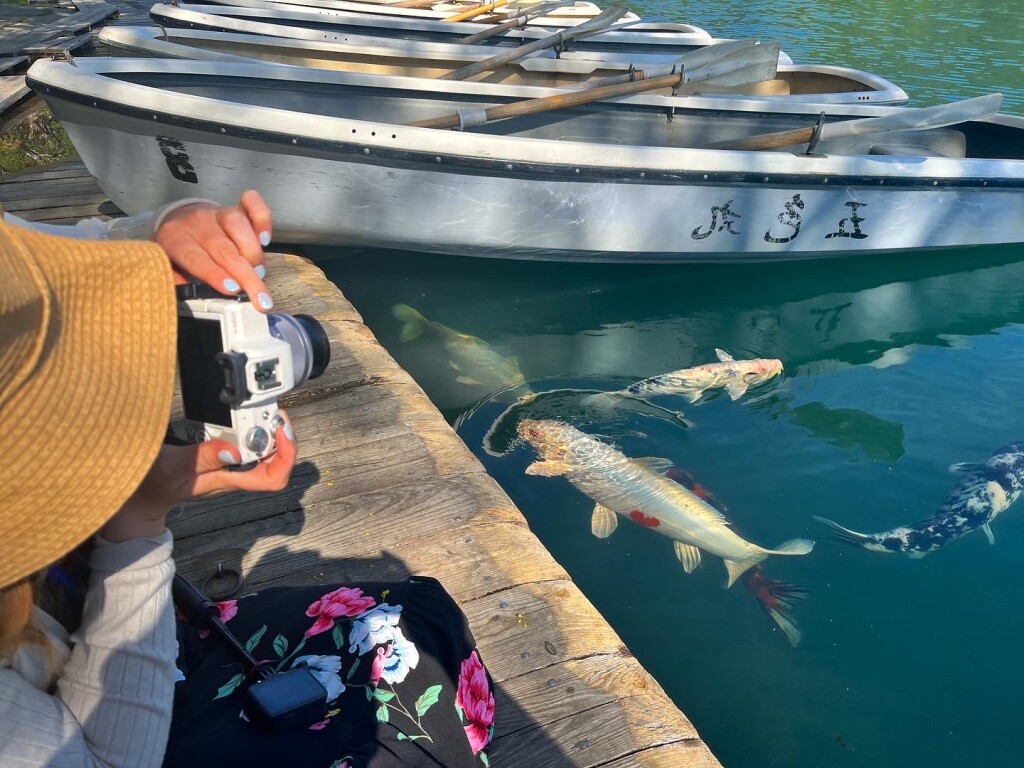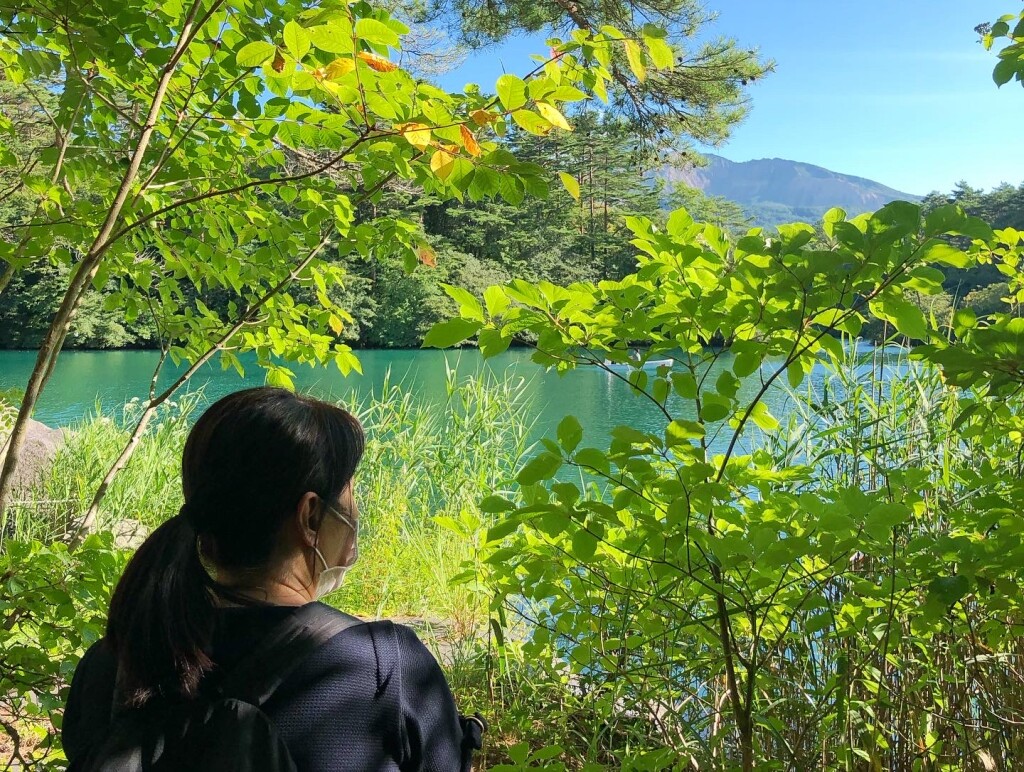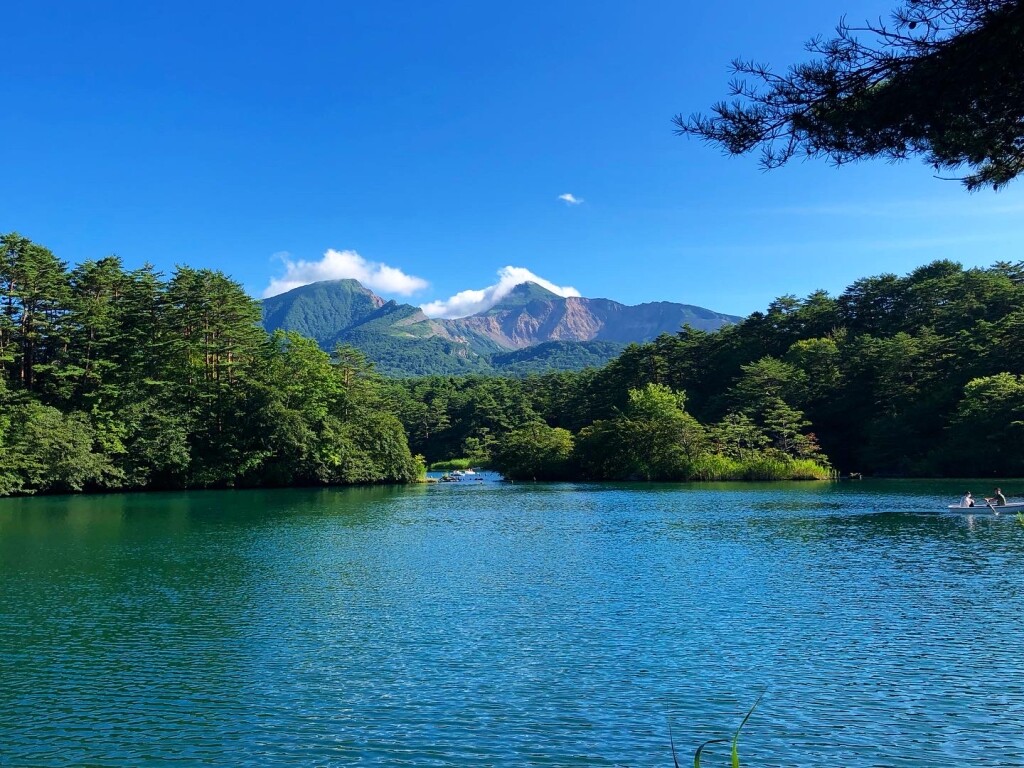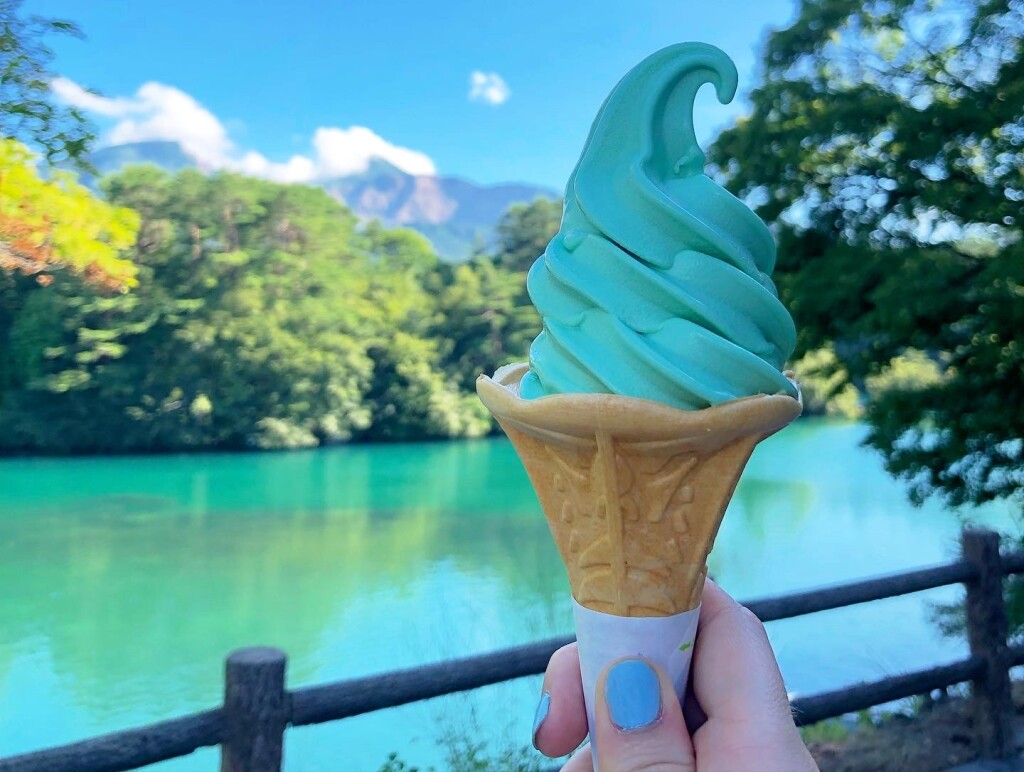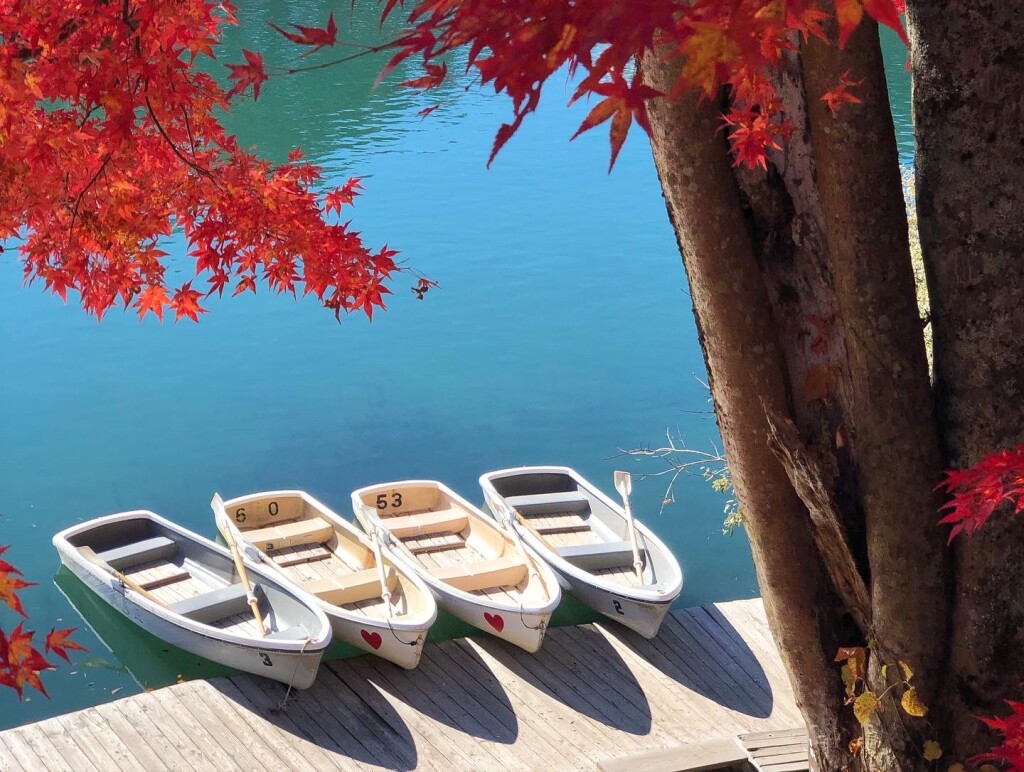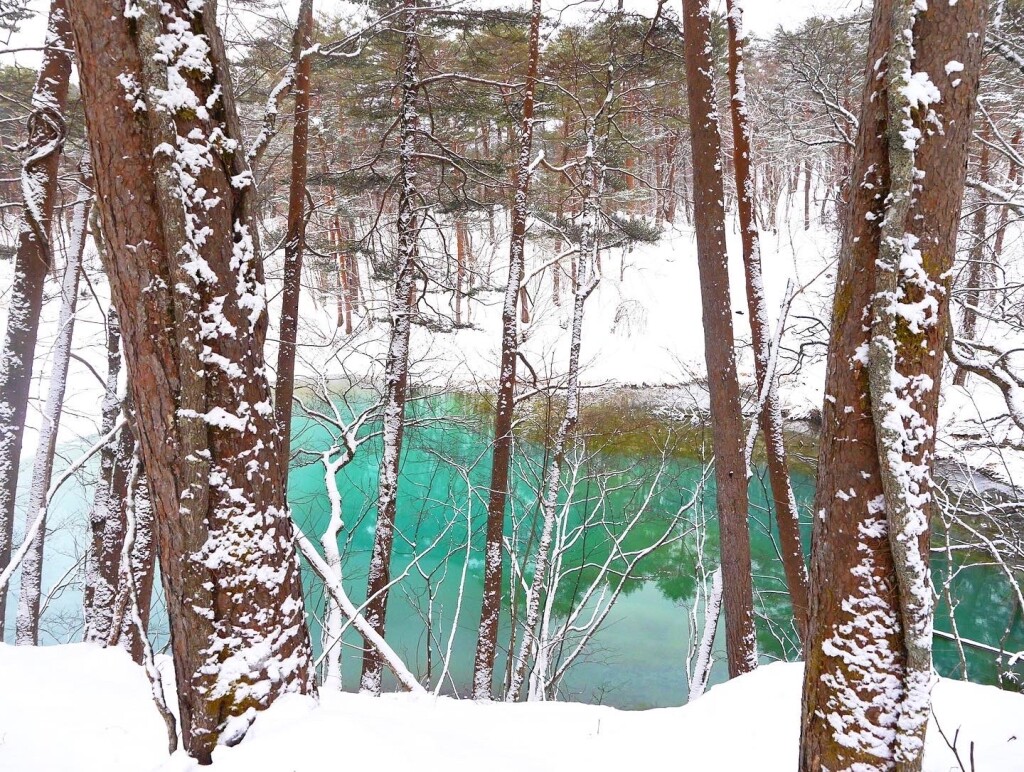Destination Spotlight
7 Things to Do in Iwaki City
One of Fukushima Prefecture's largest cities, Iwaki is located in the south-east of the prefecture and is one of its warmest areas, seeing no snow in winter and great beach-going weather in summer.The city is known for its laid-back coastal atmosphere, contrasting with the rich samurai history and chilly winters in the Aizu region to the west, and is a great example of the width of experiences on offer in Fukushima.Only three hours from Tokyo Station via the direct Hitachi & Tokiwa limited express, or an hour's drive from Koriyama, Iwaki is surprisingly accessible. It's also possible to take the Joban Line from here to Futaba, site of Fukushima's great reconstruction efforts, or all the way up to Sendai.Here are some suggestions for must-visit spots if you're looking to make a stop in Fukushima's sunny seaside city:BentenjimaBentenjima Shrine stands on a small rocky island just off the coast of Iwaki City, set within a crescent-shaped cove facing the Pacific Ocean. The shrine is marked by a vermilion torii gate that contrasts sharply with the jagged stone and crashing waves below. According to local tradition, the shrine was originally located on the mainland, but a major earthquake in 1410 caused the land to break apart, leaving the shrine isolated on what is now Bentenjima. Although the exact date of the shrine’s founding is unknown, it has long been worshipped as a sacred coastal site dedicated to Benzaiten, a deity associated with water and protection.The island is also known as Wanigafuchi, named after a legendary creature called a wanizame, said to be half crocodile and half shark. Folklore describes the creature as the cause of the swirling currents and rough seas around the island, and one legend tells of it abducting a young woman who wandered too close. Such stories reflect the fear and respect once held for this dangerous stretch of coastline.The shore around Bentenjima is covered with small, rounded pebbles , which visitors are warned not to take home, as legend says doing so will bring eye disease.Shiramizu Amidado TempleShiramizu Amidado, also known as the Amitabha Hall, is located in Iwaki City and is a rare surviving example of late Heian period religious architecture. The hall reflects Pure Land Buddhist beliefs that were widespread at the time, and is the only building in Fukushima Prefecture designated as a National Treasure. In front of the hall lies a Jodo-style garden designed to represent the Buddhist Pure Land. The garden is centered around a pond with a small island and carefully placed stones, creating a calm, balanced landscape meant to be viewed from the hall. The garden changes noticeably with the seasons, such as when lotus flowers bloom across the pond in summer, or most famously when maple and ginkgo trees flush red in autumn.In November, the temple grounds are illuminated in the evening, typically on the last two weekends of the month, offering a stunning view of the red leaves reflected in the pond waters. This combination of historic architecture, religious art, and carefully designed landscape makes Shiramizu Amidado an important cultural and historical site, and easily accessible from central Iwaki.Aquamarine FukushimaAquamarine Fukushima is an environmental aquarium designed to showcase marine life in settings that closely resemble natural habitats. In addition to its public exhibits, the facility also functions as a research and education center, providing information on marine ecosystems, sustainability, and conservation. This dual role makes it both a place for learning and a space for observation.The aquarium’s main feature is a pair of large tanks spanning from the second to the fourth floors, recreating Shiome no Umi, the offshore waters where the Kuroshio and Oyashio currents meet. This unique environment supports a wide range of marine species, including large schools of sardines and bonito. There is also a touch pool where visitors can interact with starfish and other small sea creatures.One of the aquarium’s research highlights is its long-running study of coelacanths, with specimens and footage displayed in the 'World of Coelacanths' exhibit on the first floor.Seasonal events and hands-on activities are held throughout the year, many aimed at families. Nearby, Iwaki Lalamew offers a seafood market and restaurants serving locally caught fish, located about a ten-minute walk from the aquarium. There is also an Aeon Mall nearby.Bicycle tour with Hayate CycleThe Iwaki Nanahama Kaido cycling route carries visitors down the scenic east coast, past the Bentenjima island and the symbolic Shioyasaki Lighthouse. If you're looking to rent bikes to do the trip, why not make a stop to Hayate Cycle? The bike rental shop is located next to the Iwaki Yotsukura 'michi no eki' or rest station, which has a restaurant and sells souvenirs.Kimura-san, the owner, is a sunny and easy-going local of the Iwaki area and cycling enthusiast who loves showing people around the area. In addition to renting out bicycles -- among them electric bikes and tandem bikes -- he also acts as a tour guide, taking you to some of the best scenic spots.To learn more about the cycling tour, see our dedicated page.Iwaki City Coal & Fossil Museum (Horuru)Iwaki City Coal & Fossil Museum, affectionately known as 'Horuru,' introduces visitors to both the coal-mining history of Iwaki and the region’s rich fossil record. The museum opened in 1984 to preserve the legacy of the Joban Coalfield, once one of Honshu’s major coal-producing areas. At the entrance stands a life-sized replica of Futabasaurus suzukii, a marine reptile discovered in Iwaki in 1968 by a local high school student. This fossil has since become one of the most important paleontological finds in Japan.Inside, the museum is divided into several themed areas. The fossil exhibition rooms display specimens from Iwaki and beyond, including plesiosaurs and ancient whales, with lighting and sound used to explain their environments and evolution. A recreated underground coal mine allows visitors to walk through a tunnel and learn how miners worked and how extraction techniques changed over time. The learning and specimen areas also explain the geology of the region and how coal and fossils were formed.Horuru also looks at everyday life in mining communities. Dioramas and displays recreate streets and homes from the early to mid-20th century, showing how coal mining shaped local culture and livelihoods. Hands-on activities, such as making amber or fossil-themed accessories, are offered on certain days, and the museum shop sells minerals, fossils, and souvenirs.The museum is also a short walk from our next spot...Yumoto OnsenIwaki's Yumoto Onsen is widely regarded as one of the oldest hot spring resorts in Japan, often mentioned alongside Dogo Onsen in Ehime and Arima Onsen in Hyogo. Its history is said to date back around 1,000 years, when hot spring water was first used in the area. The onsen developed in connection with the aforementioned Joban Coalfield, as miners made use of the naturally heated water that flowed underground. Today, hot spring water is pumped throughout the town to hotels and ryokan at an impressive rate of around five tonnes per minute, supporting a compact but well-established onsen community.The spring water at Iwaki Yumoto is a sulfur-based onsen, known for its distinctive scent and its reputation for skin care. It's said to help with fatigue, muscle pain, and circulation, as well as having skin-beautifying properties. Public day-trip bathhouses and free footbaths are scattered around the town, making it easy for visitors to casually experience the hot springs even without staying overnight.A short distance from the onsen town is Miyukiyama Park, a popular green space overlooking the city. In spring, the park becomes a local cherry blossom spot, with rows of trees lining the paths and open areas suitable for hanami picnics. From the higher points of the park, visitors can enjoy views over Iwaki while walking beneath the blossoms. A stroll through Miyukiyama Park combines well with a soak in one of Yumoto Onsen's many hot springs!Ogawasuwa ShrineSpeaking of cherry blossoms, one of Fukushima Prefecture's earliest-blooming sakura spots is here at Ogawasuwa Shrine. Although the rows of massive cherry trees are beautiful in daytime, the nighttime illuminations are especially impressive.Selected by Iwaki City as a Natural Monument, the main tree is estimated to be over 500 years old and is one of the area’s most important seasonal landmarks. The tree blooms slightly earlier than standard Yoshino cherry trees, usually reaching its peak in late March to early April.Bear in mind that, as a popular viewing spot, the shrine grounds are particularly busy during cherry blossom season, especially in the evenings or on weekends. Some parking is available, but waiting times can be long during busy times.Looking for more information? Check out our: Top 10 Things to Do in Fukushima Access guide for getting to Fukushima Itineraries page for trip ideas Activities page for tour experiences with English support
